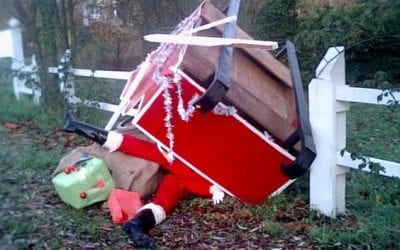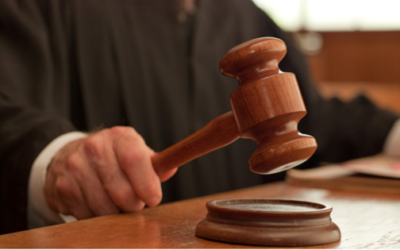Public/general liability insurance is crucial for construction businesses, where the risk of causing damage to someone else’s property is relatively high. For builders, understanding the nuances between “property being worked on” and “property in your care, custody, or control” within their public liability insurance policy can significantly impact their coverage and financial protection. This article explores these differences with specific examples relevant to builders.
Property Being Worked On
“Property being worked on” refers to any property that is actively undergoing construction, renovation, repair or maintenance. Some insurers’ public liability insurance may exclude cover for damage to the property being worked on.
Construction professionals must ensure their public liability insurance includes cover for property being worked on.
When the property being worked on is part of the construction contract it would typically by covered under contract works insurance (which should be in place – either arranged by the builder or the property owner). However, there are many cases where the property being worked on is damaged and not covered by contract works insurance.
Example: A builder, John, is contracted to renovate a kitchen. During the renovation, a worker accidentally knocks over a bucket of paint, spilling it all over the new flooring. Since the new flooring is part of the “property being worked on,” this damage would not be covered under standard public liability insurance. Instead, John would claim under the contract works insurance policy to cover the cost of repairing or replacing the damaged flooring.
However, if the paint spilt all over some existing carpet that wasn’t part of the renovation contract, it should be covered by John’s policy, as it was not being worked on at the time it was damaged. In this example, the best practice approach is for the homeowner to claim on their house insurance, which would replace the carpet, then seek recovery of their costs via John’s liability insurer. For more on why this is the best approach read: How much will a liability policy pay if you cause damage to someone else’s property?
In another example, John was contracted to renovate a commercial space, including structural changes. One of John’s workers accidentally cut through a load-bearing wall, causing a section of the building to collapse. This claim may fall under a “property being worked on” extension to public liability insurance. Whether it would or not depends on a host of other factors related to the contract and the applicability of contract works insurance to the damaged parts (ie. was the damage to new or existing parts of the building).
Property in Your Care, Custody, or Control
On the other hand, “property in your care, custody, or control” (CCC) refers to property that the builder is responsible for but is not currently being worked on. This could include client property that needs to be stored, moved, or otherwise handled by the builder. Public liability insurance often includes coverage for accidental damage to such property, as long as it is not being directly worked on at the time of the damage.
Example: Consider the same builder again, John. In another job, John is tasked with building a new garage. During the project, John temporarily stores the client’s expensive garden furniture in a secure area. Unfortunately, due to an oversight, the furniture is damaged. Since the garden furniture is in John’s care, custody, or control but not being actively worked on, the damage would likely be covered under his public liability insurance policy. Often, claims under this part of the policy will have a higher excess.
One key difference between insurers is the inclusion of cover for “real property” when it comes to care, custody or control. Real property is usually defined as land and anything connected to it (such as a building). If real property is excluded under the care, custody or control extension in the policy then damage to a building in the builder’s care may not be covered.
Key Differences and Considerations
The main difference between these two categories is whether the property is being worked on or not at the time of the damage. “Property being worked on” could be excluded from public liability coverage. In contrast, “property in your care, custody, or control” is typically covered because the builder is merely responsible for its safekeeping, not actively altering it.
Here are some key considerations:
- Evaluate the Scope of Work: Before starting a project, builders should assess the types of property they will be working on and any property they will need to manage or store.
- Invest in Comprehensive Coverage: Builders should ensure there is both public liability (that includes the right coverage extensions for construction professionals) and contract works insurance in place for any project they undertake (in many cases the building owner is responsible for arranging the contract works cover).
- Understand Policy Exclusions and Limits: It’s essential to read the fine print of any insurance policy. Builders should clearly understand what is covered under “property being worked on” exclusions or extensions and the specific provisions for “property in your care, custody, or control.”
In a Nutshell
Understanding the nuances between “property being worked on” and “property in your care, custody, or control” is essential for builders. As is ensuring the right cover is in place according to the type of work being undertaken, such as making sure building owners have arranged contract works insurance if the work involves an existing structure.




